Social Work
<RETURN TO ALL PROGRAMS
Make a difference with a social work degree.
Discover a social work major that prepares you for professional practice in a variety of settings with respect for human dignity, diversity, and commitment to social justice.
Bethany’s social work program, accredited by the Council on Social Work Education (CSWE), is the only accredited social work program in a private liberal arts college in West Virginia. Courses cover a broad range of topics, including child welfare, adult development, organization theory, leadership, social influences, and more. Faculty are experts in the field and are passionate about mentoring you through your journey to graduation and beyond.
In conjunction with intentional curriculum, gain confidence in practical skills through involvement in field experiences and internships.
The Association of Social Work Boards (ASWB) maintains a licensing and regulations database which contains links to each licensing board and contains all the licensure requirements. To look up licensure requirements per state, click here.
Click Social Work – Professional Licensure General Disclosure for NC SARA.
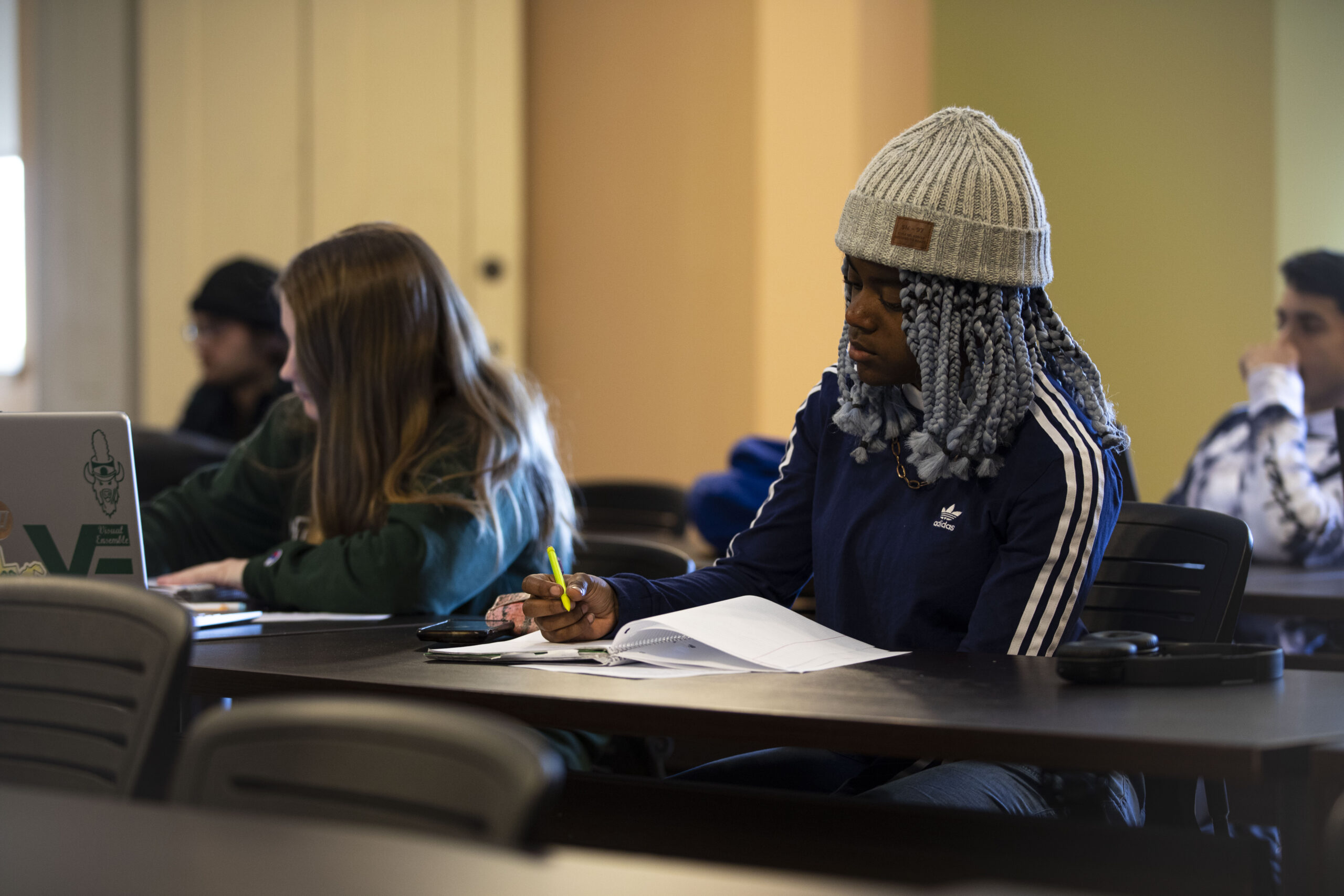
Areas Of Study
Psychology and Social Work (Dual Major)
Criminal Justice (Minor)
Why Bethany
AVERAGE CLASS SIZE
ALUMNISUCCESS
CAREERS IN SOCIAL WORK
- Social Worker
- Activities Director
- Intake Coordinator
- Behavioral Management Specialist
- Child Welfare Specialist
- Community Outreach Worker
- Discharge Planner
- Foster Care Social Worker
- Grant Writer
- Health Educator
- Healthcare Administrator
- Human Services Specialist
- Mental Health Social Worker
- Probation Officer
- Program Coordinator
- School Counselor
- Social Science Research Assistant
- Addictions Counselor
- Social Work Case Manager
- Therapist (with a master’s degree)
- Social Service Administrator
Alumni Outcomes
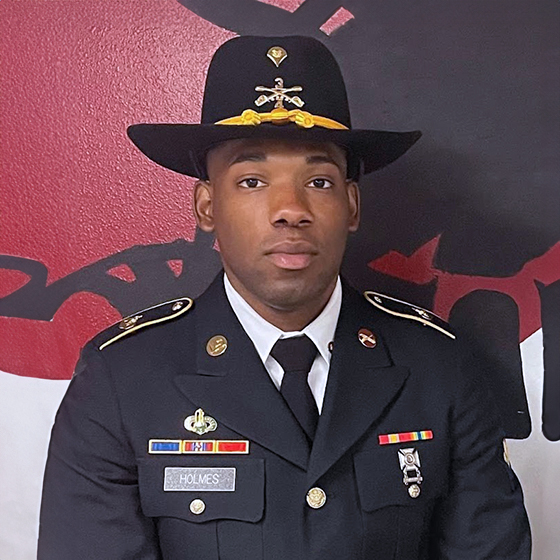
Nicholas Holmes I Social Work, 2019
Psychological Operations Specialist
United States Army
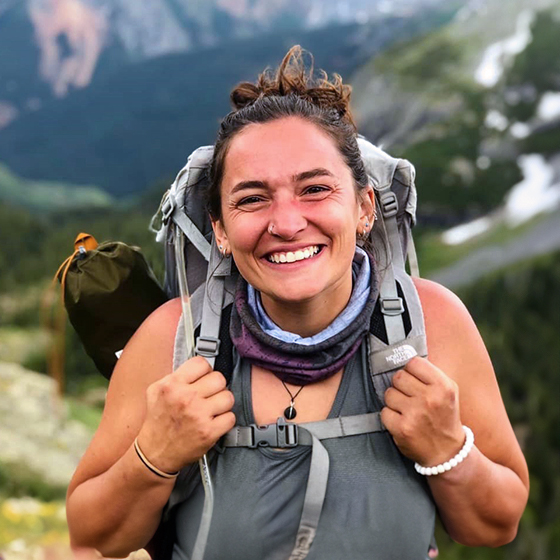
Alaina Roberts I Psychology and Social Work, 2017
Primary Therapist
Sedona Sky Academy
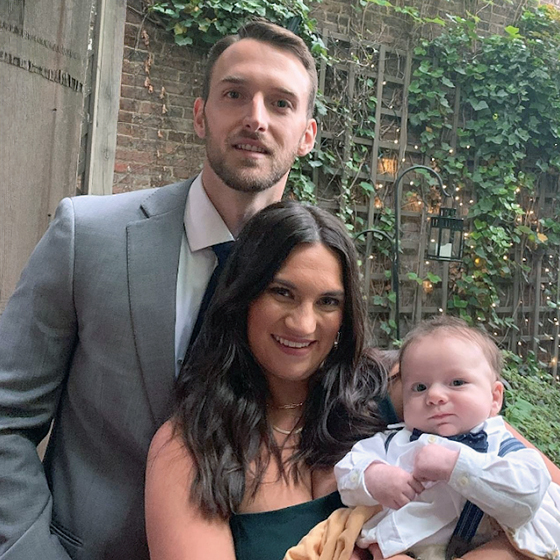
Sarah London I Psychology and Social Work, 2017
Co-Facilitator/Case Manager
Empowering Teens to Thrive (violence prevention program)
Meet The Faculty
Course Descriptions
SOCIAL WORK COURSES
Dive into classes that equip you to make a difference in the lives of individuals around the world. At Bethany, you’ll engage in a social work curriculum that distinctively prepares you for a meaningful career.
Your courses may include:
- SOWO 130 Addiction and Recovery
This course provides education on addiction to students interested in an enhanced understanding of the effects of addiction on individuals, families, and the community at large. Topics covered in the course include the effects of substances on the body, the relationship between addiction and mental illnesses, family issues resulting from addiction, the role of peer pressure, and identification, prevention, and treatment of addiction. - SOWO 145 Women’s Issues Across the Life Span
Explores the dilemmas facing women at various points throughout the life cycle. The study includes an exploration of the historical underpinnings of the women’s movement and the formation of female gender identity in childhood. - SOWO 215 Equine Assisted Interventions 2 credits
This course emphasizes the therapeutic use of horses . The course focuses on methods to determine and meet the needs of individuals with physical, psychological, or cognitive limitations or issues . Students will participate in therapeutic riding classes and EAGALA (Equine Assisted Psychotherapy and Equine Assisted Learning) sessions. This course may be repeated for credit. - SOWO 210 Human Diversity
Studies areas of human diversity—including race, religion, gender, national origin, sex, and more—and dives into the challenges faced by diversity on developmental tasks at the micro, mezzo, and macro levels. Interventions, needs of the population, and available community services are also explored. - SOWO 230 Supportive Counseling
Fosters the development of helping, listening, and counseling skills. Students will gain an understanding of the therapeutic relationship, including the skills of active listening, empathy and positive regard, and the issues of resistance, transference, and defense mechanisms. - SOWO 310 Human Behavior and the Social Environment
This course is an exploration of human behavior with the continuing potential for growth and change . The developmental process across the life span is studied with an emphasis on interaction with the social environment at the individual, family, small group, organization, and community levels . The bio-psycho-social-cultural-spiritual determinants of behavior are studied, integrating knowledge of individuals with their environments to build a foundation for the development of professional assessments and interventions.
SOCIAL WORK FIELD EXPERIENCE OPPORTUNITIES
An internship (field experience) within the field of social work is required by our accrediting body. This experience allows you to practice key skills learned in the classroom while under the mentorship and direction of a qualified social worker. It also provides you with a great opportunity to explore the many career paths available to you as a social work major.
Curious what internship settings are out there for social work majors? Check out some examples.
- Addiction treatment center
- Advocacy organization women’s centers
- Child protective services
- Criminal justice system/probation
- Crisis hotline
- Hospital
- K-12 school
- Mental health facility
- Non-profit organization
- Nursing home
- Public welfare programs
- Recovery/addiction programs
- Residential treatment
- Research center
BACCALAUREATE SOCIAL WORK PROGRAM ASSESSMENT OF STUDENT LEARNING OUTCOMES
JUNE 2023
JUNE 2022
JUNE 2021
JUNE 2020
(Corrected 3-2-2021)
This form is used to assist the COA [Council on Accreditation] in the evaluation of the program’s compliance with the accreditation standards below:
B4.0.2 The program provides its most recent year of summary data and outcomes for the assessment of each of the identified competencies, specifying the percentage of students achieving program benchmarks for each program option.
All Council on Social Work Education programs measure and report student learning outcomes. Students are assessed on their mastery of the competencies that comprise the accreditation standards of the Council on Social Work Education. These competencies are dimensions of social work practice that all social workers are expected to master during their professional training. A measurement benchmark is set by the social work programs for each competency. An assessment score at or above that benchmark is considered by the program to represent mastery of that particular competency.
Three measures are used to evaluate student learning outcomes: the comprehensive exam, senior portfolio, and the final field evaluation. Students are evaluated on the following scale: 1 = below expected standards, 2 = meets expected standards, and 3 = exceeds expected standards. Benchmarks for each of the 9 competencies and for each of the practice behaviors have been set at 75% (75 percent of the students will score a 2 or higher).
OUTCOMES TABLE: [N=10]
Measure #1 – Exam
Measure #2 – Portfolio
Measure #3 – Field Evaluation
| Competency | Competency Benchmark | Percentage of Students Achieving Benchmark/ Measure | Percentage of Students Achieving Benchmark/ Competency |
| 1. Demonstrate Ethical and Professional Behavior | Measure 1: Behavior #1 – 70% Behavior #2 – 90% Behavior #3 – 90% Behavior #4 – 100% Behavior #5 – 100% |
||
| 75% | Measure 2: Behavior #1 – 60% Behavior #2 – 60% Behavior #3 – 80% Behavior #4 – 80% Behavior #5 – 70% |
86% | |
| Measure 3: Behavior #1 – 90% Behavior #2 – 100% Behavior #3 – 100% Behavior #4 – 100% Behavior #5 – 100% |
|||
| 2. Engage Diversity and Difference in Practice |
Measure 1:
Behavior #6 – 50%
Behavior #7 – 80%
Behavior #8 – 80%
|
||
| 75% |
Measure 2
Behavior #6– 70%
Behavior #7 – 70%
Behavior #8 – 70%
|
79% | |
|
Measure 3:
Behavior #6 – 90%
Behavior #7 – 100%
Behavior #8 – 100%
|
|||
| 3. Advance Human Rights and Social, Economic, and Environmental Justice |
Measure 1:
Behavior #9 – 90%
Behavior #10 – 50%
|
||
| 75% |
Measure 2:
Behavior #9 – 80%
Behavior #10 – 80%
|
83% | |
|
Measure 3: Behavior #9 – 100%
Behavior #10 – 100%
|
|||
| 4. Engage in Research-Informed Practice and Practice-Informed Research |
Measure 1:
Behavior #11– 50%
Behavior #12 – 30%
Behavior #13 – 90%
|
||
| 75% |
Measure 2:
Behavior #11 – 80%
Behavior #12 – 80%
Behavior #13 – 80%
|
79% | |
|
Measure 3:
Behavior #11 – 100%
Behavior #12 – 100%
Behavior #13 – 100%
|
|||
| 5. Engage in Policy Practice |
Measure 1:
Behavior #14 – 80%
Behavior #15 – 90%
Measure #16 – 70%
|
||
| 75% |
Measure 2:
Behavior #14 – 60%
Behavior #15 – 80%
Measure #16 – 70%
|
83% | |
|
Measure 3:
Behavior #14 – 100%
Behavior #15 – 100%
Measure #16 – 100%
|
|||
| 6. Engage with Individuals, Families, Groups, Organizations, and Communities |
Measure 1:
Behavior #17 – 90%
Behavior #18 – 80%
|
||
| 75% |
Measure 2:
Behavior #17 – 70%
Behavior #18 – 70%
|
85% | |
|
Measure 3:
Behavior #17 – 100%
Behavior #18 – 100%
|
|||
| 7. Assess Individuals, Families, Groups, Organizations, and Communities |
Measure 1:
Behavior #19– 40%
Behavior #20– 70%
Behavior #21– 30%
Behavior #22– 100%
|
||
| 75% |
Measure 2:
Behavior #19– 80%
Behavior #20– 80%
Behavior #21– 80%
Behavior #22– 60%
|
78% | |
|
Measure 3:
Behavior #19– 100%
Behavior #20– 90%
Behavior #21– 100%
Behavior #22– 100%
|
|||
| 8. Intervene with Individuals, Families, Groups, Organizations, and Communities |
Measure 1:
Behavior #23 – 70%
Behavior #24 – 80%
Behavior #25 – 100%
Behavior #26 – 100%
Behavior #27 – 90%
|
||
| 75% |
Measure 2:
Behavior #23 – 80%
Behavior #24 – 80%
Behavior #25 – 80%
Behavior #26 – 80%
Behavior #27 – 70%
|
87% | |
|
Measure 3:
Behavior #23 – 100%
Behavior #24 – 90%
Behavior #25 – 90%
Behavior #26 – 100%
Behavior #27 – 100%
|
|||
| 9. Evaluate Practice with Families, Groups, Organizations, and Communities |
Measure 1:
Behavior #28 – 100%
Behavior #29 – 60%
Behavior #30 – 80%
Behavior #31 – 80%
|
||
| 75% |
Measure 2:
Behavior #28 – 70%
Behavior #29 – 90%
Behavior #30 – 70%
Behavior #31 – 70%
|
84% | |
|
Measure 3:
Behavior #28 – 100%
Behavior #29 – 90%
Behavior #30 – 100%
Behavior #31 – 100%
|
|||
JUNE 2019
JUNE 2018
This form is used to assist the COA [Council on Accreditation] in the evaluation of the program’s compliance with the accreditation standards below:
B4.0.2 The program provides its most recent year of summary data and outcomes for the assessment of each of the identified competencies, specifying the percentage of students achieving program benchmarks for each program option.
All Council on Social Work Education programs measure and report student learning outcomes. Students are assessed on their mastery of the competencies that comprise the accreditation standards of the Council on Social Work Education. These competencies are dimensions of social work practice that all social workers are expected to master during their professional training. A measurement benchmark is set by the social work programs for each competency. An assessment score at or above that benchmark is considered by the program to represent mastery of that particular competency
OUTCOMES TABLE: [N=12]
Measure #1 – Exam
Measure #2 – Portfolio
Measure #3 – Field Evaluation
| Competency | Competency Benchmark | Percentage of Students Achieving Benchmark/ Measure | Percentage of Students Achieving Benchmark/ Competency |
| 1. Demonstrate Ethical and Professional Behavior | Measure #1 – 75% Measure #2 – 75% Measure #3 – 75% |
Measure #1 – 91% Measure #2 – 88% Measure #3 – 85% |
88% |
| 2. Engage Diversity and Difference in Practice | Measure #1 – 75% Measure #2 – 75% Measure #3 – 75% |
Measure #1 – 92%
Measure #2 – 90%
Measure #3 – 85%
|
89% |
| 3. Advance Human Rights and Social, Economic, and Environmental Justice | Measure #1 – 75% Measure #2 – 75% Measure #3 – 75% |
Measure #1 – 85%
Measure #2 – 73%
Measure #3 – 85%
|
81% |
| 4. Engage in Research-Informed Practice and Practice-Informed Research | Measure #1 – 75% Measure #2 – 75% Measure #3 – 75% |
Measure #1 – 75%
Measure #2 – 85%
Measure #3 – 85%
|
82% |
| 5. Engage in Policy Practice | Measure #1 – 75% Measure #2 – 75% Measure #3 – 75% |
Measure #1 – 85%
Measure #2 – 92%
Measure #3 – 85%
|
87% |
| 6. Engage with Individuals, Families, Groups, Organizations, and Communities | Measure #1 – 75% Measure #2 – 75% Measure #3 – 75% |
Measure #1 – 89%
Measure #2 – 85%
Measure #3 – 85%
|
86% |
| 7. Assess Individuals, Families, Groups, Organizations, and Communities | Measure #1 – 75% Measure #2 – 75% Measure #3 – 75% |
Measure #1 – 81%
Measure #2 – 89%
Measure #3 – 85%
|
85% |
| 8. Intervene with Individuals, Families, Groups, Organizations, and Communities | Measure #1 – 75% Measure #2 – 75% Measure #3 – 75% |
Measure #1 – 92%
Measure #2 – 80%
Measure #3 – 85%
|
86% |
| 9. Evaluate Practice with Families, Groups, Organizations, and Communities | Measure #1 – 75% Measure #2 – 75% Measure #3 – 75% |
Measure #1 – 87%
Measure #2 – 89%
Measure #3 – 83%
|
86% |
JUNE 2017
This form is used to assist the COA [Council on Accreditation] in the evaluation of the program’s compliance with the accreditation standards below:
4.0.2 The program provides summary data and outcomes for the assessment of each of its competencies, identifying the percentage of students achieving the benchmark.
4.0.4 The program uses Form AS 4 (B) and/or AS4 (M) to report assessment outcomes to its constituents and the public on its website and routinely up-dates (minimally every 2 years) these postings
All Council on Social Work Education programs measure and report student learning outcomes. Students are assessed on their mastery of the competencies that comprise the accreditation standards of the Council on Social Work Education. These competencies are dimensions of social work practice that all social workers are expected to master during their professional training. A measurement benchmark is set by the social work programs for each competency. An assessment score at or above that benchmark is considered by the program to represent mastery of that particular competency.
OUTCOMES TABLE: [N=20]
Measure #1 – Exam
Measure #2 – Portfolio
Measure #3 – Field Evaluation
| Competency | Competency Benchmark | Percentage of Students Achieving Benchmark/ Measure | Percentage of Students Achieving Benchmark/ Competency |
| 1. Identify as a Professional Social Worker | Measure #1 – 75% Measure #2 – 75% Measure #3 – 75% |
Measure #1 – 100% Measure #2 – 100% Measure #3 – 100% |
100% |
| 2. Apply Ethical Principles | Measure #1 – 75% Measure #2 – 75% Measure #3 – 75% |
Measure #1 – 95%
Measure #2 – 97%
Measure #3 – 100%
|
100% |
| 3. Apply Critical Thinking | Measure #1 – 75% Measure #2 – 75% Measure #3 – 75% |
Measure #1 – 93%
Measure #2 – 98%
Measure #3 – 100%
|
100% |
| 4. Engage Diversity in Practice | Measure #1 – 75% Measure #2 – 75% Measure #3 – 75% |
Measure #1 – 96%
Measure #2 – 100%
Measure #3 – 100%
|
100% |
| 5. Advance Human Rights/Social and Economic Justice | Measure #1 – 75% Measure #2 – 75% Measure #3 – 75% |
Measure #1 – 83%
Measure #2 – 98%
Measure #3 – 98%
|
100% |
| 6. Engage Research Informed Practice/Practice 7Informed Research | Measure #1 – 75% Measure #2 – 75% Measure #3 – 75% |
Measure #1 – 85%
Measure #2 – 100%
Measure #3 – 100%
|
100% |
| 7. Apply Human Behavior Knowledge | Measure #1 – 75% Measure #2 – 75% Measure #3 – 75% |
Measure #1 – 88%
Measure #2 – 100%
Measure #3 – 100%
|
96% |
| 8. Engage Policy Practice to Advance Well-Being and Deliver Services | Measure #1 – 75% Measure #2 – 75% Measure #3 – 75% |
Measure #1 – 98%
Measure #2 – 100%
Measure #3 – 100%
|
99% |
| 9. Respond to Practice Contexts | Measure #1 – 75% Measure #2 – 75% Measure #3 – 75% |
Measure #1 – 80%
Measure #2 – 100%
Measure #3 – 100%
|
93% |
| 10A. Practice Engagement | Measure #1 – 75% Measure #2 – 75% Measure #3 – 75% |
Measure #1 – 93%
Measure #2 – 94%
Measure #3 – 100%
|
96% |
| 10B. Practice Assessment | Measure #1 – 75% Measure #2 – 75% Measure #3 – 75% |
Measure #1 – 86%
Measure #2 – 93%
Measure #3 – 100%
|
93% |
| 10C. Practice Intervention | Measure #1 – 75% Measure #2 – 75% Measure #3 – 75% |
Measure #1 – 95%
Measure #2 – 93%
Measure #3 – 98%
|
95% |
| 10D. Practice Evaluation | Measure #1 – 75% Measure #2 – 75% Measure #3 – 75% |
Measure #1 – 90% Measure #2 – 88% Measure #3 – 90% |
89%
|

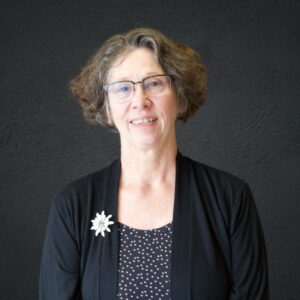

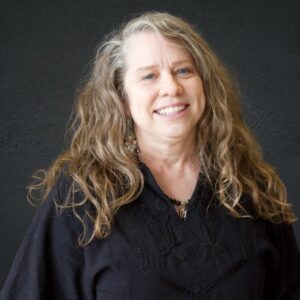

Info
Visit
Apply
Deposit